I’ve heard it. You’ve heard it. And it’s a great big steaming pile of…baloney.
Myth – Professionals Only Shoot in Manual Mode
I recently read an account of a new photographer who heard that “expert” photographers only shoot in manual mode, so he headed out to shoot. Camera firmly set to M, he shot away, happy as could be. However, the results from that first exploration were, needless to say, disappointing; overexposures, under-exposures, and a lot of crappy, blurred photos.

I had about 10 seconds to make this image of a grove of Baobabs in Botswana. Had I been fiddling with finding the right manual settings, I likely would have missed the shot.
Here is the reality: Professionals and other experienced photographers use just about every shooting mode on their camera.
Those modes are there for a reason. Settings provide simplicity, speed, flexibility, or full control. Depending on the conditions in which you are shooting, any one of these may be appropriate. While other articles here at dPS discuss how to use each of the settings on your camera, I want to talk about the myth of Manual Mode, but also why it’s important to use it

Moving subjects and quickly shifting scenes are not conducive to manual mode.
The Professional Reality
Try shooting on full manual control while making images of birds in flight. Go on, try it. I’ll wait.
On the off chance that you actually went out and tried that exercise, I suspect you ended up with a lot of really bad photos. As birds passed quickly in front of different backdrops, as the sun darted in and out from behind clouds, the lighting conditions were undoubtedly in constant change. To adapt to those changes on the fly would be a nearly impossible task.

Rather, any professional would use one of the other settings. I, for example, would probably choose Shutter Priority mode under those conditions. That would assure I could maintain sharp (or artfully blurred) images as I shot, and leave the decision on aperture up to the camera. If I wanted a brighter or darker exposure I’d adjust the exposure compensation.
Now, if I was carefully shooting a landscape and had a particular vision for the final image, that’s when I’d make the switch to Manual Mode. In manual, I can take full control of the scene. I can adjust the depth of field, the exposure, incorporate blurs, or selective focus. In Manual Mode, I own all aspects of the final image, for better or worse.
My point here is simply this – professionals use all the tools at their disposal. If it were true that pros only use Manual Mode, then pro-level cameras would only have one setting. Quite obviously, that is not the case.
You Still Need to Shoot in Manual
Shoot in Manual Mode, but not all the time. But understanding exposure, focus, shutter speed, and aperture and their effect on the final image is the heart of photography. To master the technical aspects of image-creation, you need to be able to put all these together without the help of your camera.

Manual Mode is perfect for landscape photography because you have the time to dedicate to creating the image you envision.
Manual means full control
I regularly practice the art of manual settings. When a scene is in front of me, I’ll imagine a particular way to portray it. I’ll envision how bright I want the image to appear. I select the focal point, whether motion blur is incorporated or eliminated, and how deep the depth of field should be.
Once I’ve got the image in my mind. I’ll select the ISO, shutter speed, and aperture without using the camera’s light meter to help me. Then I click the shutter and have a look.
 This exercise reminds me of light and settings and how the camera works, sure. But more so, it turns every aspect of the image into a purposeful decision. There is no “spray and pray” photography when you are shooting in Manual Mode. Setting your camera to that scary “M” means you grant yourself full control and full responsibility for whatever emerges.
This exercise reminds me of light and settings and how the camera works, sure. But more so, it turns every aspect of the image into a purposeful decision. There is no “spray and pray” photography when you are shooting in Manual Mode. Setting your camera to that scary “M” means you grant yourself full control and full responsibility for whatever emerges.

Aurora borealis and most other night photography require the use of Manual Mode.
There is no better way to learn about your camera, light, and about thoughtful photography than to set your camera to Manual Mode, turn off the autofocus, and go make images.
Summary
It’s absolute nonsense that pros only shoot in manual. Utter garbage. Your camera has a bunch of settings for a reason. Shooting in just one would be like only eating one type of food. Each has a purpose, and each has their place in the art of photography.

Purposefully underexposed images are also well-suited to Manual Mode, particularly when you want to retain a shallow depth of field, as I did with this flower image.
However, and this is a big HOWEVER, shooting in Manual Mode may be the best tool at our disposal for turning our photography into a purposeful exercise. Using manual will force you to understand depth, light, exposure, blur, and focus.
So yes, you should shoot in manual mode. Just not all the time.
The post The Myth and Reality of Shooting in Manual Mode by David Shaw appeared first on Digital Photography School.


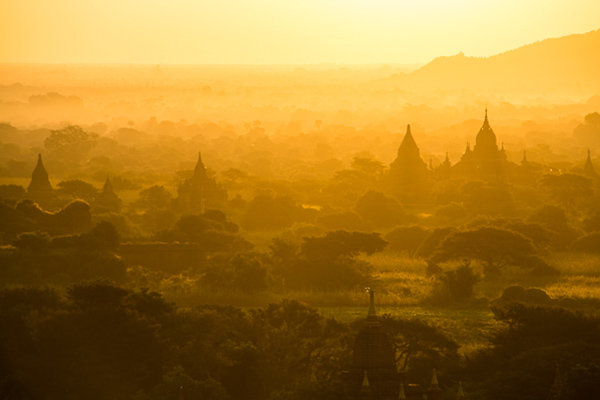
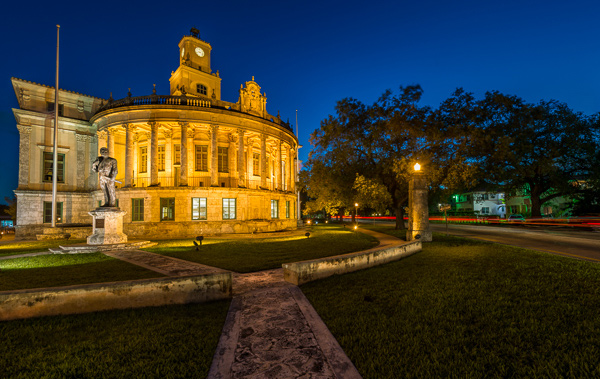
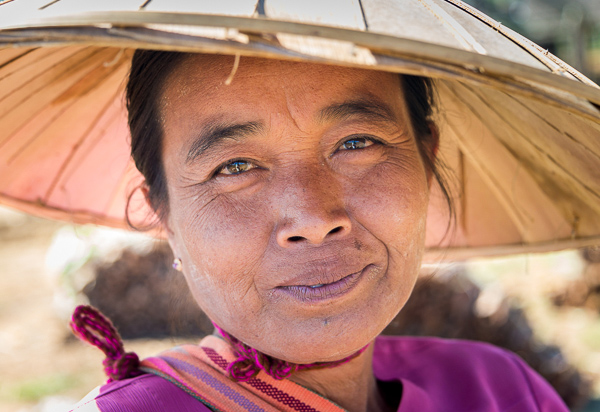

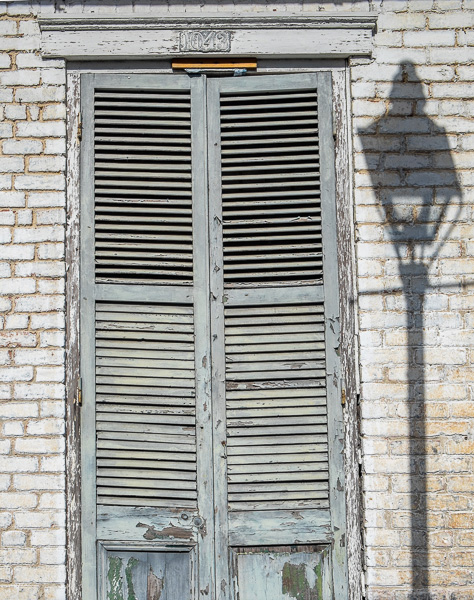
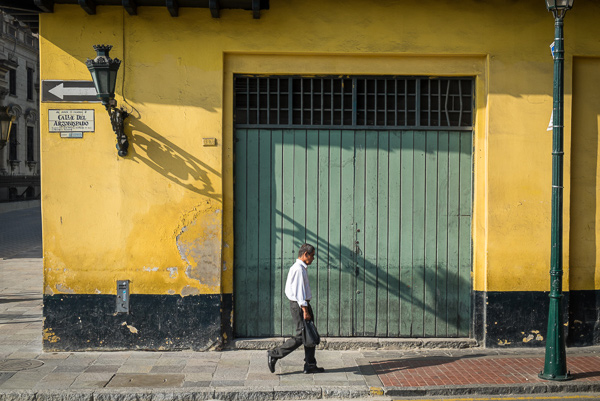
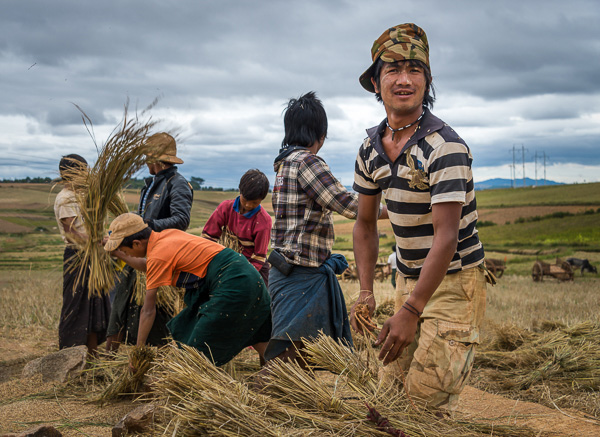
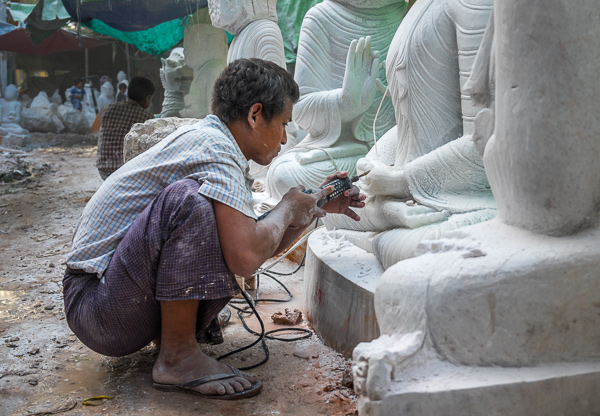
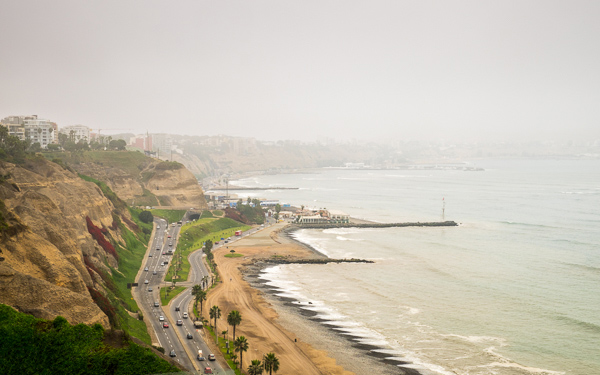
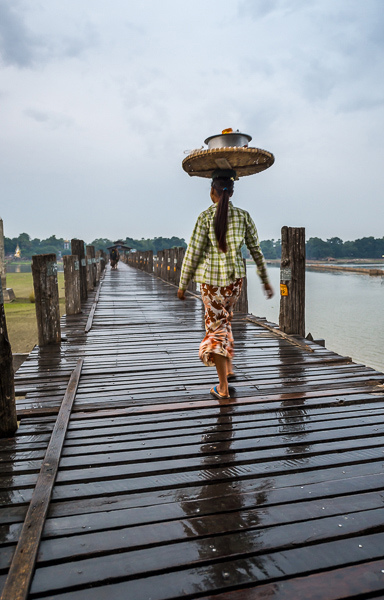
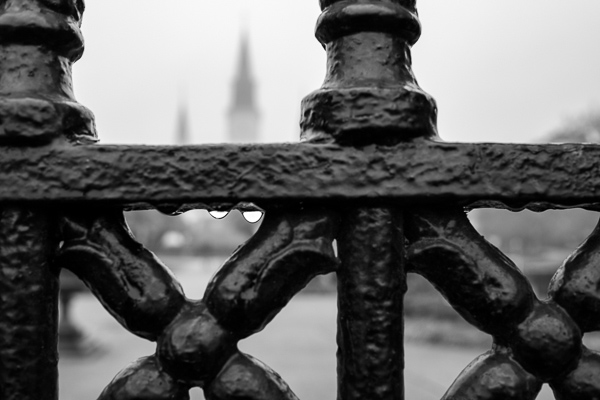
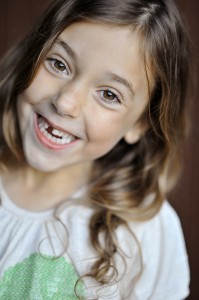



You must be logged in to post a comment.